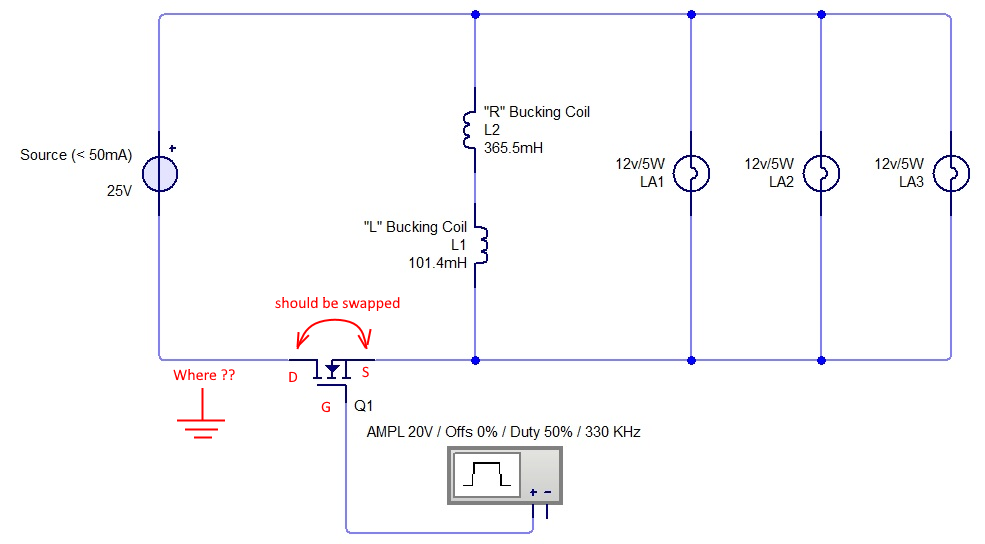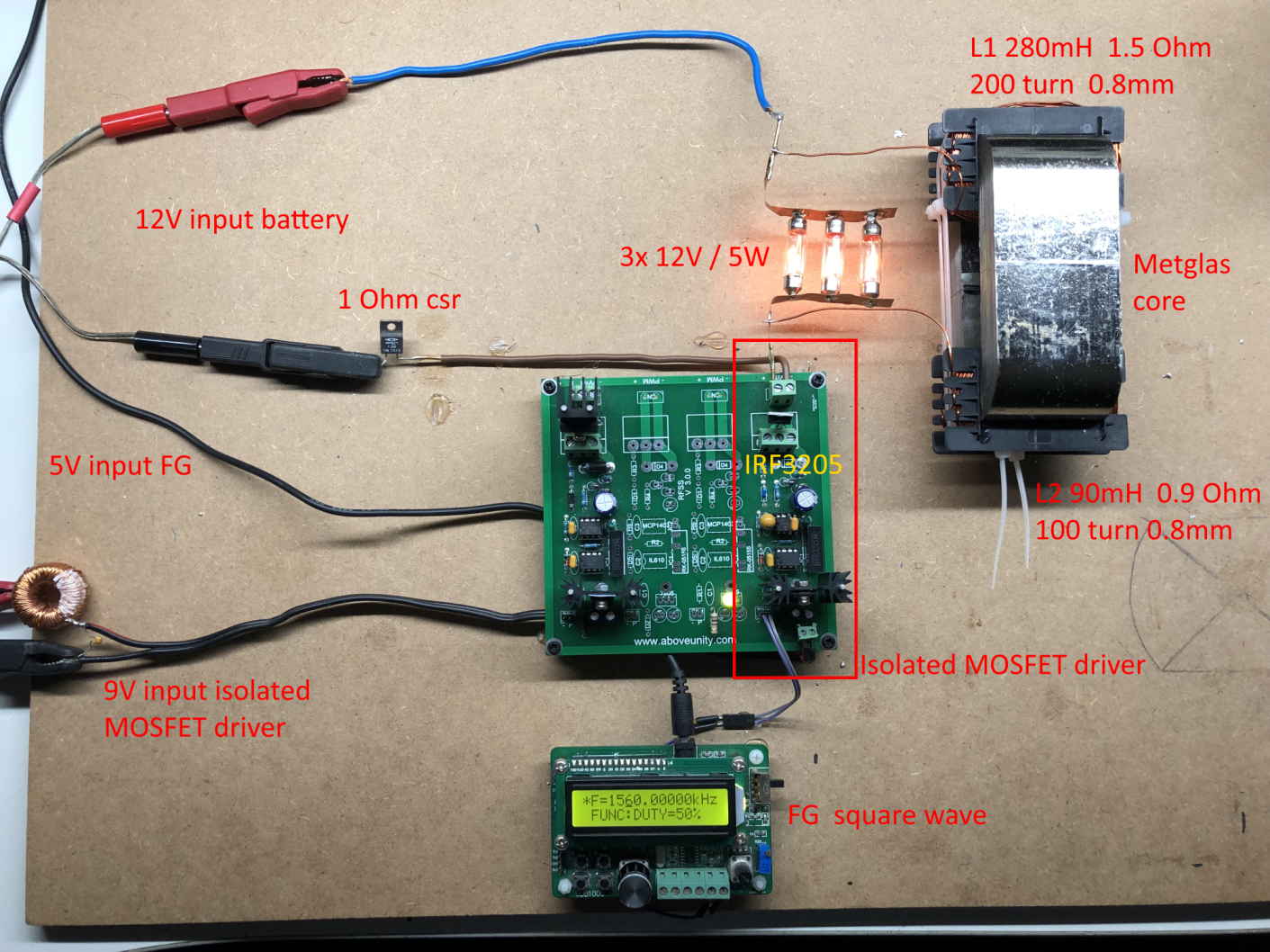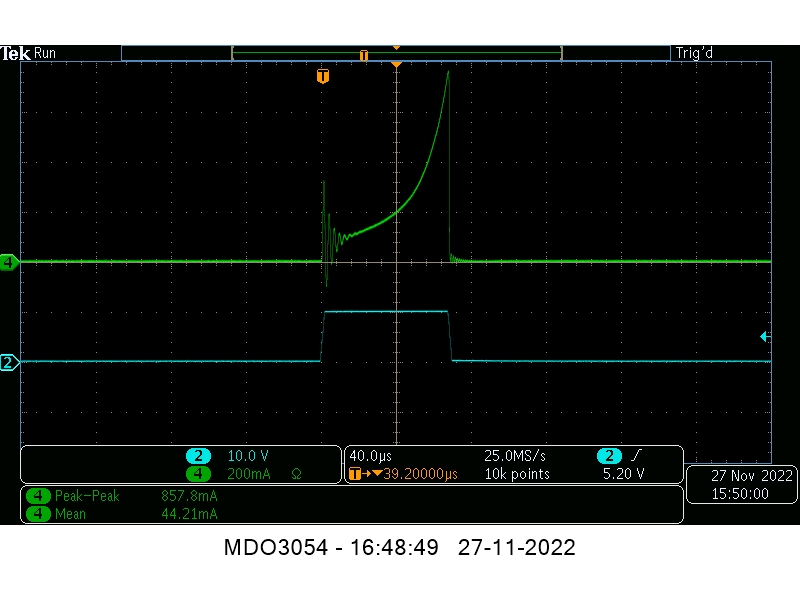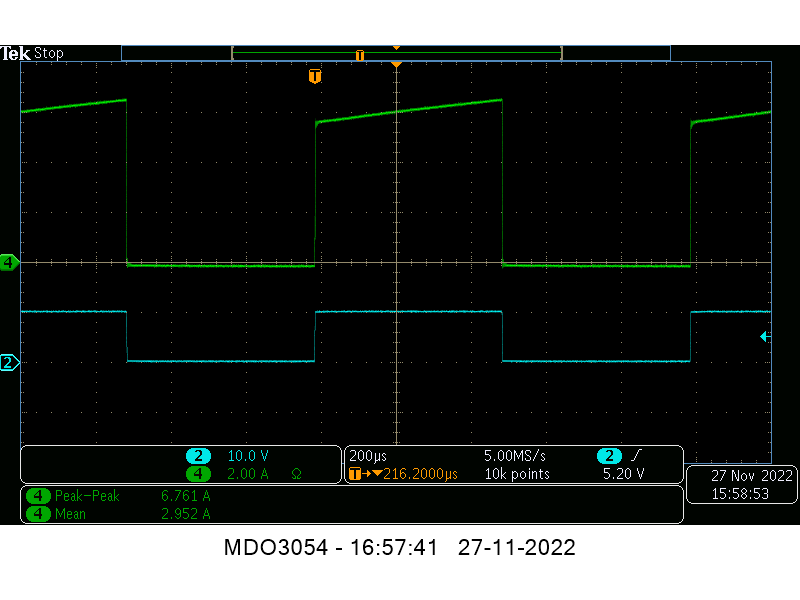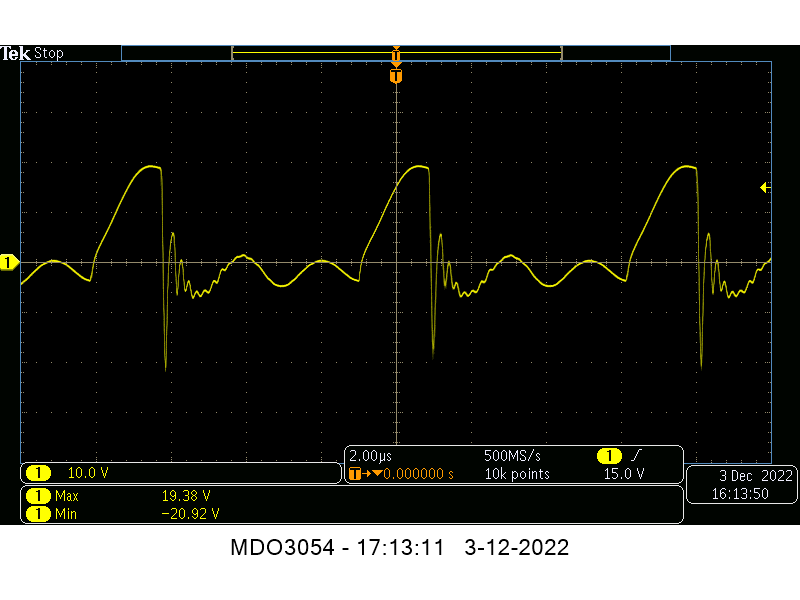Hi Itsu,
Sorry for the late reply but I was very busy with my job work.
So there is a scope screenshot from Fighter showing this sharply rise of the current?
I will look for that, i guess its when he uses a csr (shunt).
No, all the screenshots containing scope images when checking what's going on in ZPM's coils are showing voltages only.
The reason I didn't used a shunt resistor on ZPM's coils is simple, I just want to let ZPM's coils keep their natural resonance frequency. Don Smith says any resistor or capacitor connected to a coil will always move its resonance frequency lower, moving it away from its natural resonance frequency which is fixed and it's related to the wire length of the coil (and of course the core used but that's not a variable).
It's not necessary to check the current in the ZPM coils to see what's going on there (like the variation of magnetic field, saturation, etc.), the voltage can get a pretty good image of that.
Let me explain the rules I use:
Inductor Voltage and Current Relationship
- The instantaneous voltage drop across an inductor is directly proportional to the rate of change of the current passing through the inductor;
- The inductor's self-induced voltage has a polarity that opposes the change in current (Lenz's Law);
- The mathematical relationship is v = L (di/dt).
You can find more details here:
https://www.allaboutcircuits.com/textbook/direct-current/chpt-15/inductors-and-calculus/
So a basic rule I use is like this: when the current and magnetic field(s) go up the voltage goes down, like in a mirror.
Let's use as an example one post in the ZPM thread here:
https://www.aboveunity.com/thread/romanian-zpm-zero-point-module/?order=all#comment-ec688fa0-4e9e-432f-9d84-aa98018240f9
The scope's probes are connected this way:
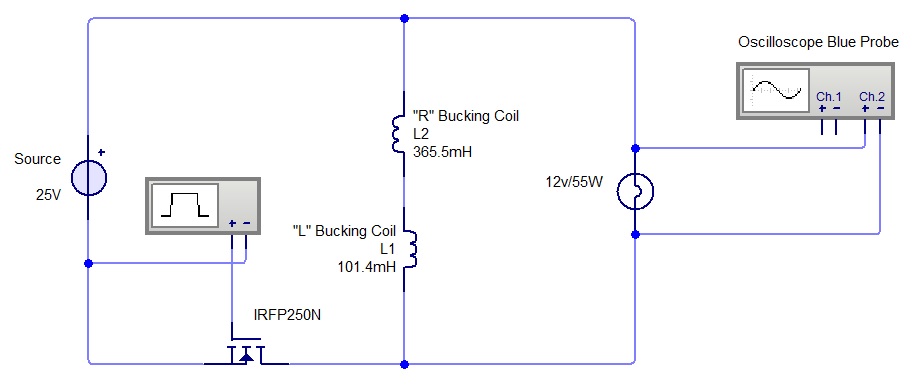
And this is a screenshot of the scope when using a 12V/55W light bulb on output (just ignore the "blue probe" text from the above image, in the next image I'm using the yellow probe):
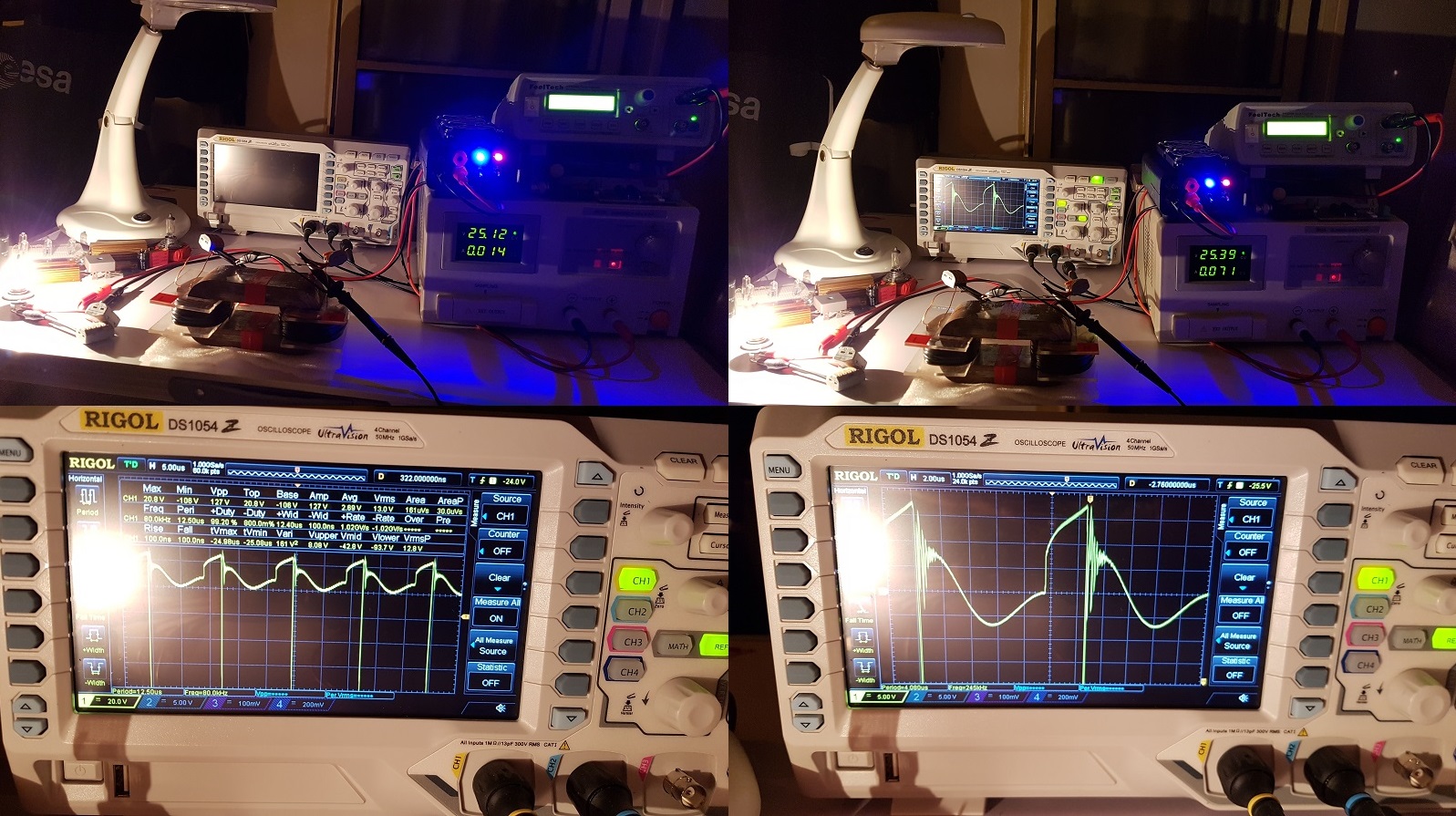
You can see the core saturation process Yoel is talking about, it's very short (and may not be a full core saturation, I don't know that): when voltage is going down from Vmax=20.8V to Vmin=-108V. In that very short period the current in the coils is building up fast generating negative voltage. Then the current therefore the magnetic fields are dropping fast generating positive voltage reaching the region where the coils start ringing or "dancing" with each other. That region where voltage go up and down fast means the current therefore magnetic fields are fluctuating up and down fast and that is happening without any help from the input. Magnetic fields fluctuating fast without the help of the input means there we gain extra-energy.
So the core saturation is present for a very short time, I don't know if it's 100% saturation but its very significant, look how fast and how far the voltage becomes negative. It may be a full core saturation just for a very-very short period in that pulse, why not ? There is no way to verify that right now.
That ringing is present and very visible when there are heavy loads on ZPM's output, like one or two 12V/55W light bulbs.
Let's take a look now at the situation when there is a small load on ZPM's ouput, like one 12V/5W light bulb:
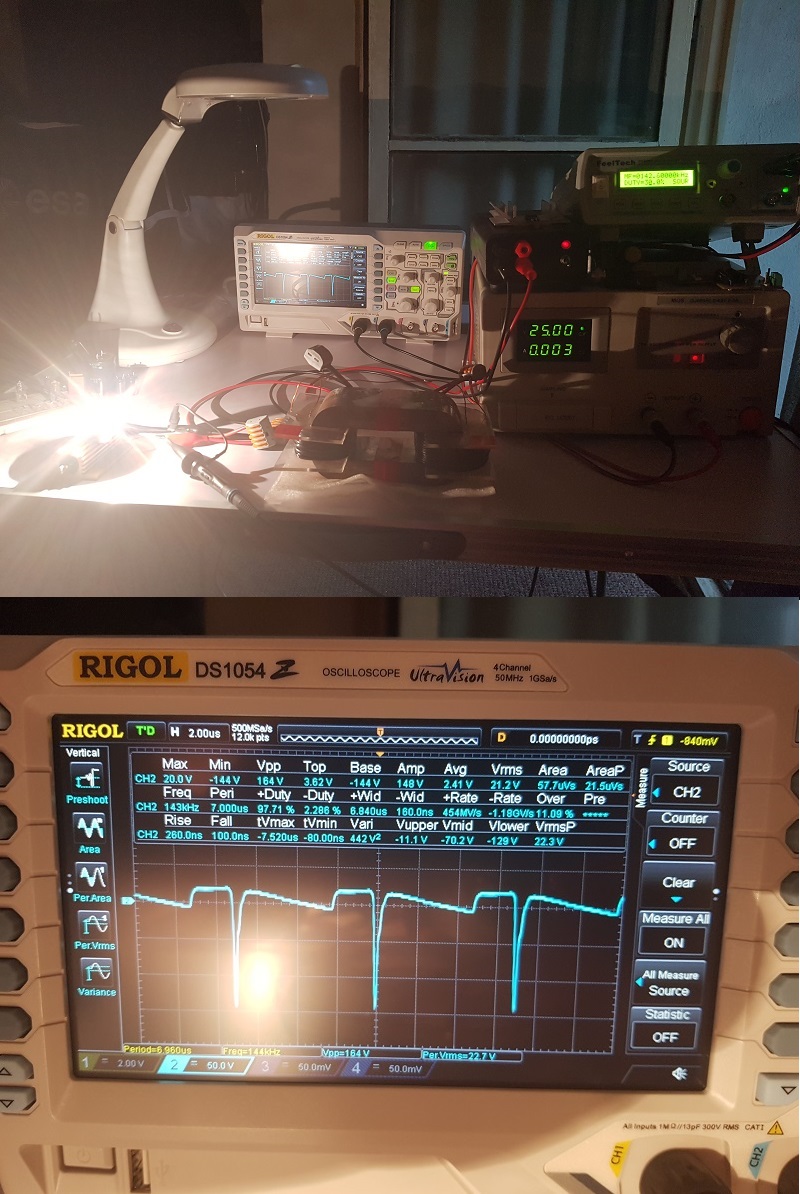
You'll notice the saturation period is much faster and steep, the Vmin is going now to -144V. Then the current therefore the magnetic fields are collapsing and when they try to stabilize themselves they're doing it more precisely, without that ringing period while going slowly down to 0 until the new pulse is coming from input starting to charge up de coils again.
When looking at these images keep in mind that the duty-cycle is only 25-30% so the input is acting only when the coils are charged, the other actions like magnetic fields collapsing, the "dancing" of the coils until reaching 0 voltage - all these are free actions occuring without the help of the input and all these actions/variations are generating energy.
This is how I see what's going on in ZPM's coils without measuring current using a shunt resistor but just letting the coils run free at their natural resonant frequency and just watching the voltage.
And just one guess: in an ZPM with a bigger core capable to power bigger loads (like 3-4 12V/55W light bulbs) that ringing period or the "dancing" of the coils will be much longer and much higher; and remember, those actions are not using the input at all and all those variations of the magnetic fields are producing extra-energy.
I hope this helps and again, this is just my understanding of what's going on inside MEG and about the saturation process Yoel is talking about. Any correction from other members is welcome.
Regards,
Fighter
| "If you want to find the secrets of the universe, think in terms of
energy, frequency and
vibration." |
|
|
Nikola Tesla |
